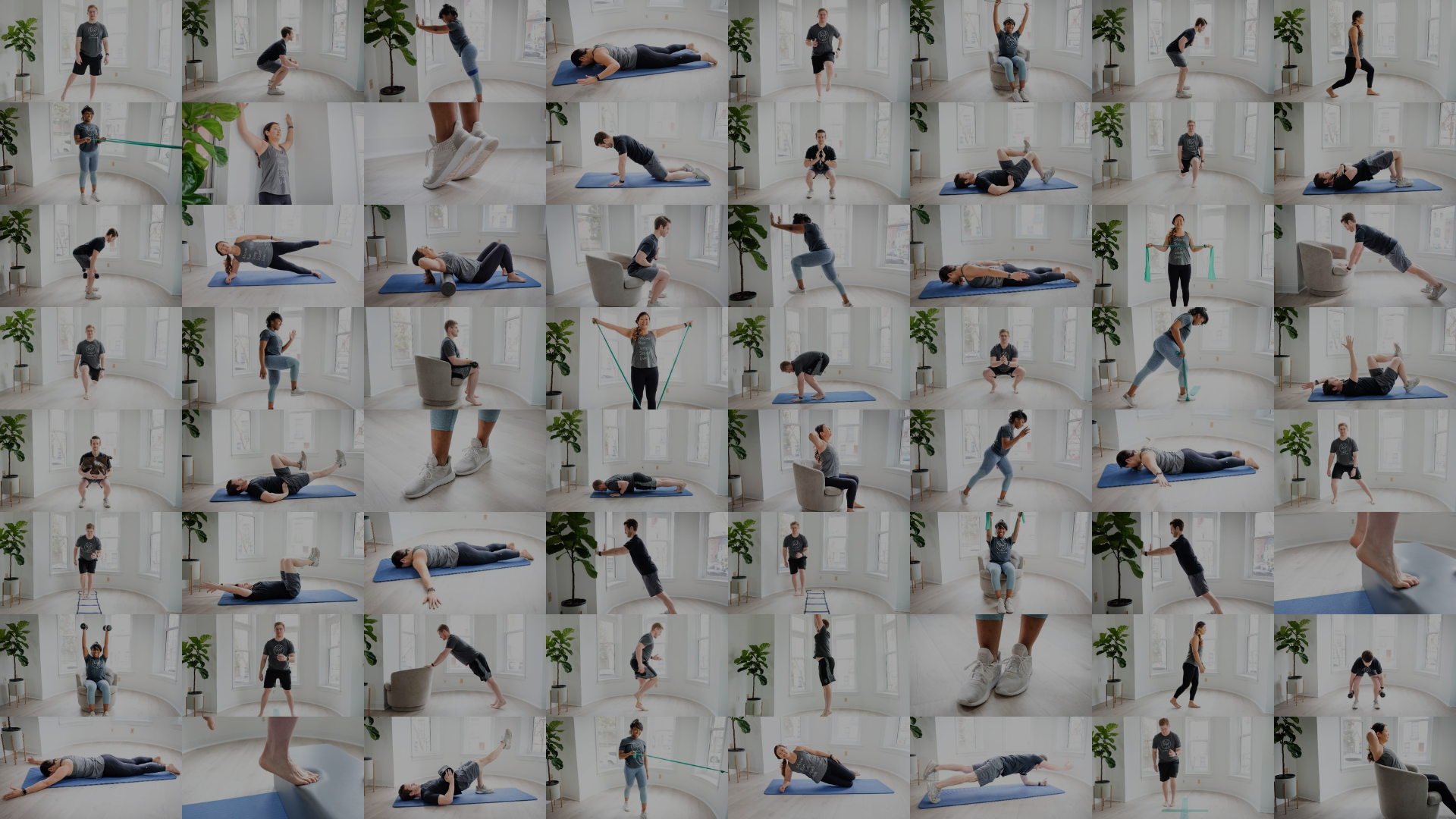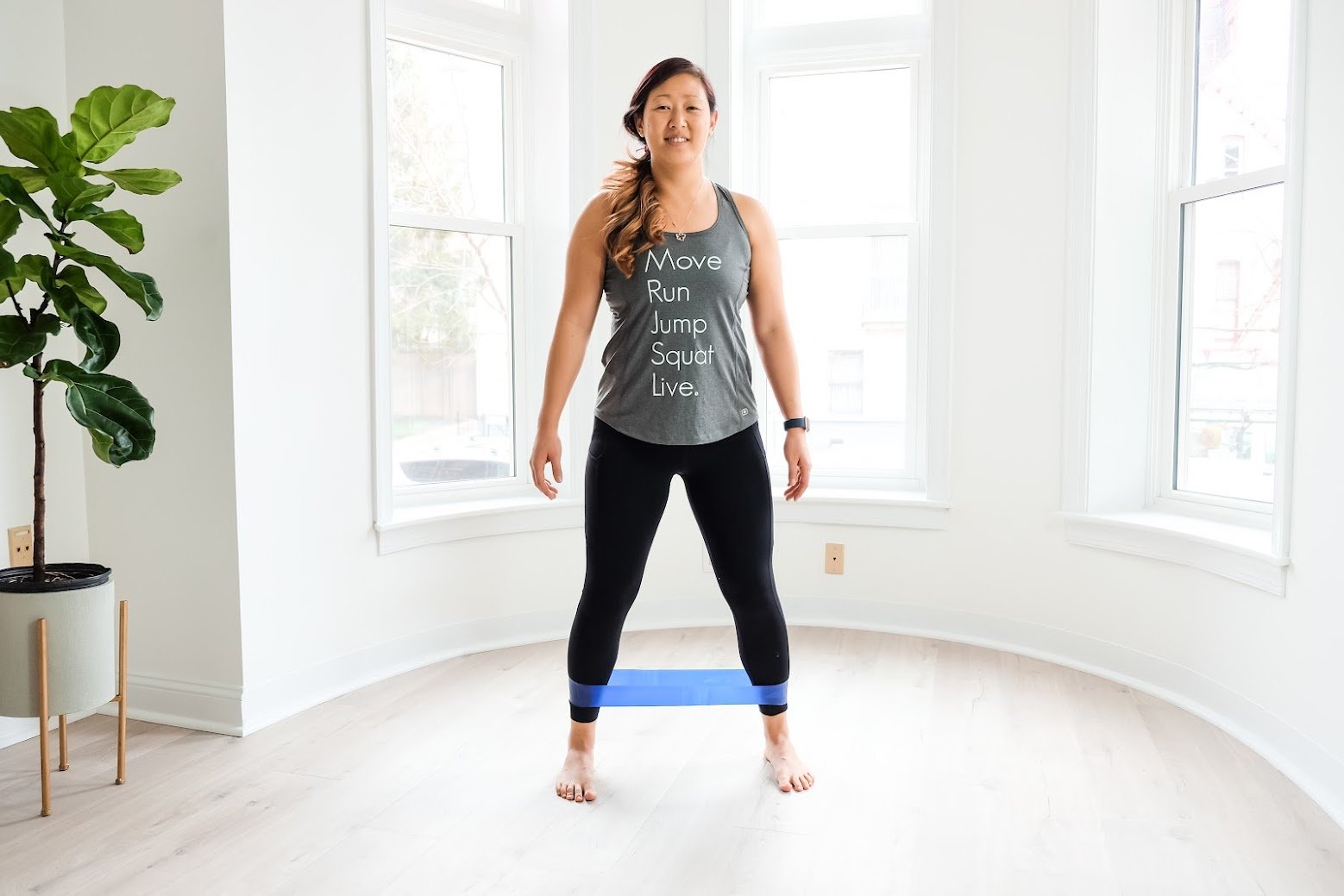
AgeProof Your Body – Exercise Library
Hip Abduction
Exercise Library > Hip Abduction
How To Do Hip Abductions
Hip abduction refers to moving the hip away from midline, as compared with hip adduction, which refers to moving toward midline.
Hip abduction strength is crucial for walking, running, and other daily activities involving balance on a single leg. Functionally, the hip abductor muscles (namely, the gluteus medius) work to maintain pelvic stability while on one leg. Strength in these muscle groups can ensure proper balance and coordination of single leg movements.
Here are three options to get you started with training Hip Abduction strength.
Level 1:
Clamshells
Level 2:
Fire Hydrant
Level 3:
Sidelying Hip Abduction
Level 1
Clamshells
While lying on your side with hips and knees bent, squeeze your top leg glutes to lift your top knee toward the ceiling while keeping your feet together. Be sure to keep your pelvis stable, avoiding rocking backwards.
Level 2
Fire Hydrant
From a quadruped position, squeeze your glute to lift one knee out to the side and slightly backwards, as if you were a dog near a fire hydrant (hence the name). Keep your trunk and hips stable throughout.
Note that this exercise can also be done on your side, lifting the top leg upward and out to the side.
Level 3
Sidelying Hip Abduction
While laying on your side, with the bottom leg bent and the top leg straight, lift your top leg up to the ceiling and slightly backwards. Feel your glutes and core active as you keep the pelvis stable.
🟢 What You Should Feel:
Muscles working in your glutes and core.
🔴 What You Shouldn’t Feel:
Pain in the back or legs.
📶 Progression Criteria:
Progress to the next level or add resistance when you can complete 20 reps without pain or fatigue.
More Variations & Progressions
Having trouble finding your glutes or accessing the floor? Try banded side steps, which promote hip abduction strength from a standing position. Keep your trunk upright as you step side to side with a band around the knees or ankles.
Remember to consult with your individual doctor or physical therapist with specific questions or concerns regarding exercise.
Want to learn more?
Join our online exercise community for individuals 60+ to learn more exercises and strategies for healthy aging from our team of movement experts.





